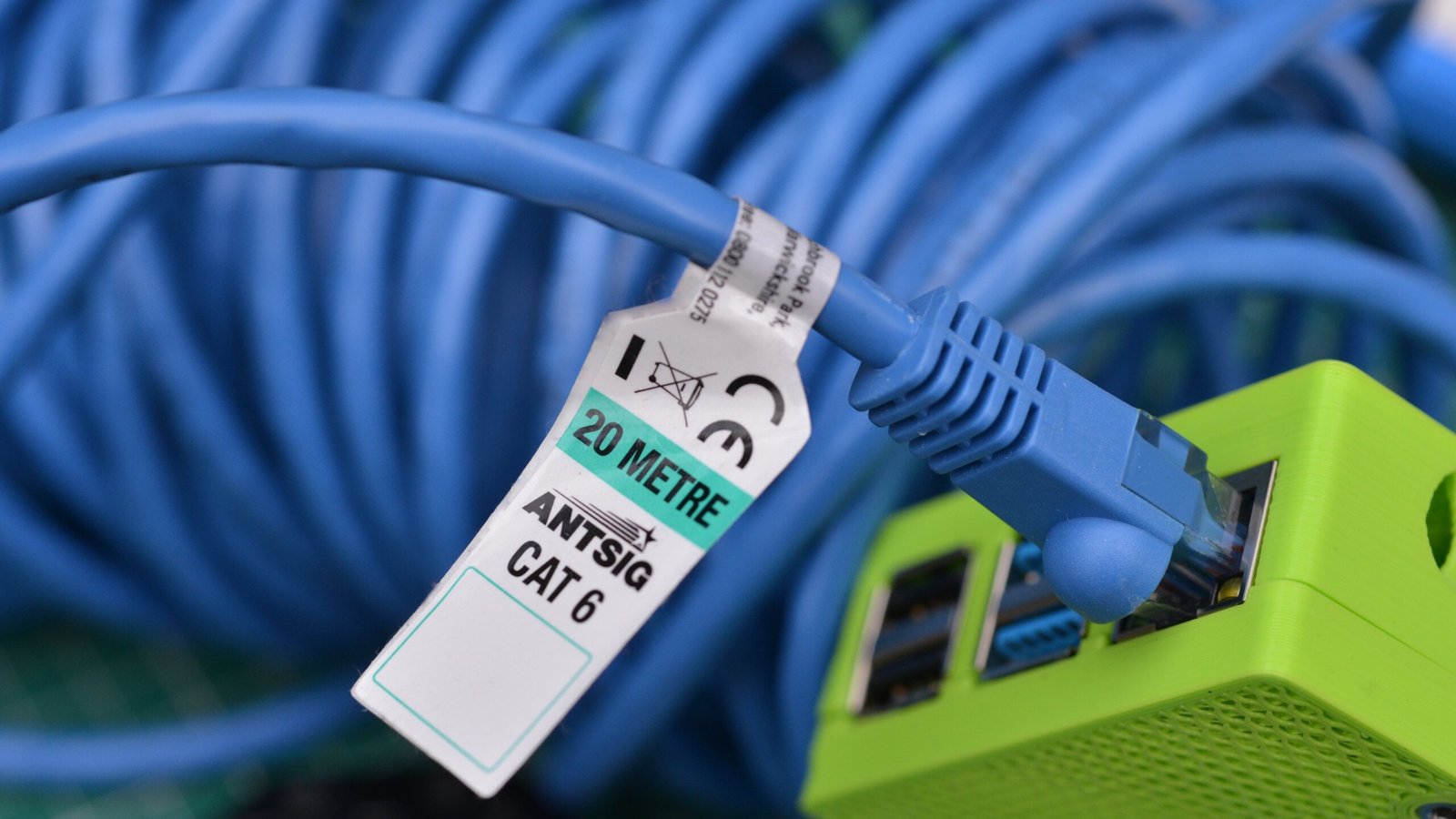The Crucial Role of Digital Signal Cables in Modern Connectivity
In the ever-evolving landscape of technology, the importance of Digital Signal Cables cannot be overstated. These cables serve as the unsung heroes, quietly transmitting information in the form of digital signals across various electronic devices and systems. From home entertainment setups to complex industrial applications, digital signal cables play a crucial role in ensuring seamless connectivity and optimal performance.

Digitale Signalkabel, often referred to as digital cables or data cables, are specifically designed to carry digital signals between devices. Unlike traditional analog cables, digital signal cables transmit information in binary code, representing data as a series of ones and zeros. This digital format minimizes signal degradation and interference, resulting in clearer and more reliable transmission of information.
One of the primary applications of digital signal cables is in the realm of audio and video transmission. High-definition multimedia interfaces (HDMI) and digital audio cables are commonly used to connect devices such as televisions, gaming consoles, audio systems, and computers. The use of digital cables ensures that audio and video signals are transmitted with exceptional clarity, providing users with an immersive and high-quality multimedia experience.

In the professional and industrial sectors, the significance of digital signal cables extends to areas such as telecommunications, networking, and data transfer. Fiber optic cables, a subset of digital signal cables, use pulses of light to transmit data over long distances at incredibly high speeds. These cables are instrumental in creating robust and efficient communication networks, facilitating the rapid exchange of information in today’s interconnected world.
The advancements in digital signal cable technology have also paved the way for innovations in the medical field. Digital imaging equipment, patient monitoring devices, and diagnostic tools rely on precision and high-speed data transmission, and digital signal cables play a vital role in ensuring the accuracy and reliability of medical information.
As technology continues to progress, the demand for faster and more efficient data transmission grows. Digital signal cables are at the forefront of meeting these demands, with ongoing developments in cable materials, design, and manufacturing processes. The quest for higher data transfer rates, lower latency, and enhanced signal integrity has led to the evolution of digital signal cables, making them an indispensable component in the contemporary technological landscape.

Abschließend, Digital Signal Cables are the backbone of modern connectivity, facilitating the seamless transfer of digital information across a myriad of devices and industries. Whether enabling high-quality multimedia experiences or supporting critical applications in telecommunications and healthcare, these cables play a silent yet pivotal role in shaping the way we communicate and interact with the digital world.
